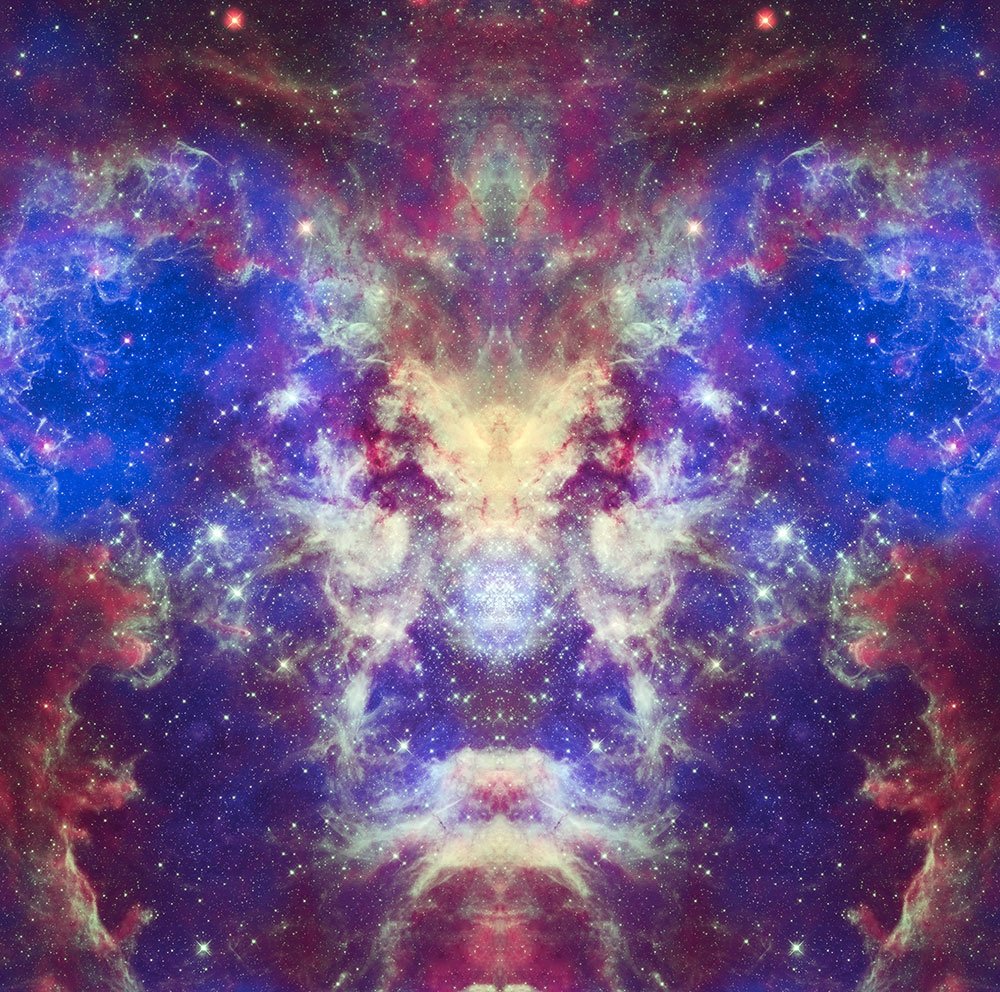Analysis and Summary of John Ashmead’s “How Many Universes Are There, Anyway?”
Balticon Presentation, May 23rd, 2015
Summary
John Ashmead’s presentation at Balticon 2015, titled How Many Universes Are There, Anyway?, explores the evolving scientific and philosophical perspectives surrounding the concept of the multiverse. The talk weaves together historical cosmological milestones, theoretical physics, quantum mechanics, and speculative frontiers to argue for the plausibility—and possibly inevitability—of multiple universes.
Key Themes and Arguments
1. Historical Evolution of Cosmological Perspective
Ashmead begins by tracing how humanity’s conception of the universe has repeatedly expanded:
- Eratosthenes measured Earth’s size (~245 BCE).
- Kepler imagined journeys to the Moon (Somnium, 1608+).
- Galileo discovered moons orbiting Jupiter (1610), challenging Earth’s centrality.
- Wright (1750) proposed nebulae were galaxies.
- Bessel (1838) confirmed stellar parallax, indicating vast interstellar distances.
Each step reveals that the “known universe” is not fixed but expands with our instruments and imagination.
2. Contemporary Cosmology and the Edge of the Universe
Ashmead discusses how the observable universe, though finite (~13.7 billion years old), could be embedded in a larger or infinite cosmos:
- Cosmic expansion means distant regions may lie forever beyond our reach.
- There is no edge—space curves, and expansion prevents reaching a boundary.
- The Cosmic Distance Ladder (parallax, supernovae, redshift) enables current cosmological measurements.
3. The Problem of Fine-Tuning
Why does the universe appear so precisely tuned for life?
- The Tri-alpha process permits carbon formation via quantum resonance—a narrow, unlikely window.
- Ashmead highlights six fundamental constants (per Martin Rees) that appear finely tuned.
This leads to the Anthropic Principle: we observe a life-permitting universe because only such a universe allows observers.
4. Multiverse Models
Several overlapping models suggest a multiverse:
- Quantum Fluctuations & Many Worlds Interpretation (MWI)
Quantum mechanics implies branching realities with every probabilistic event, as proposed by Hugh Everett. - Eternal Inflation
Parts of the “mega-universe” cool unevenly, forming bubble universes, each potentially with different physical constants. - String Theory & Calabi-Yau Compactification
String theory implies 10+ dimensions, and how these extra dimensions “curl up” (Calabi-Yau manifolds) determines physical laws. This creates a “landscape” of ~10^500 possible universes—most inhospitable, some “happy valleys.”
5. Scientific Testability of the Multiverse
Ashmead engages critically with scientific demarcation:
- Is the multiverse testable? Observable evidence might include:
- Smudges in the Cosmic Microwave Background (CMB) from bubble collisions.
- Gravitational waves as remnants from pre-Big Bang events.
He applies philosophical criteria such as testability, fruitfulness, scope, simplicity, and conservatism (drawing on thinkers like John Wheeler and Murray Gell-Mann) to assess the legitimacy of multiverse theories.
6. Limits of Knowledge & Imagination
Ashmead ends on a poetic note, suggesting that contemplating other universes expands our imagination and shifts our assumptions. The multiverse might not just be an object of physics, but of metaphysics and creative speculation.
Key Citations in the Presentation
Ashmead’s presentation draws on major thinkers and works in the field:
- Victor Stenger, God and the Multiverse (2014)
Argues from a skeptical, atheistic perspective for naturalistic explanations of cosmological fine-tuning. - Brian Greene, The Hidden Reality (2011)
A popular and rigorous treatment of multiple multiverse theories. - John D. Barrow, The Book of Universes (2011)
Offers an encyclopedic survey of cosmological models. - Paul Clegg, Before the Big Bang (2009)
Focuses on the limits of our understanding about origins. - Leonard Susskind, The Cosmic Landscape (2006)
Introduces the concept of a “landscape” of possible string theory vacua.
Critical Commentary
Ashmead succeeds in presenting a broad and interdisciplinary narrative. He moves fluidly from ancient history to cutting-edge physics, using humor and metaphor to engage his audience. However, some criticisms can be leveled:
Strengths:
- Demonstrates how historical humility encourages openness to radical ideas.
- Integrates string theory, inflation, and quantum mechanics cohesively.
- Encourages critical scientific criteria (testability, simplicity).
Weaknesses / Counterpoints:
- Many multiverse models lack empirical testability, risking their classification as metaphysical rather than scientific.
- Bubble collisions in the CMB are speculative and debated.
- The Many Worlds Interpretation is not universally accepted and raises philosophical paradoxes about identity and probability.
Philosopher of science George Ellis warns that multiverse theories “transgress the boundaries of science” by invoking entities that are, in principle, unobservable (Ellis, 2011). Others like Sabine Hossenfelder argue that theories lacking predictive power should not be regarded as science, no matter how elegant.
Conclusion
Ashmead’s presentation is a compelling exploration of the multiverse hypothesis as both a scientific frontier and a philosophical provocation. While many models remain unverified, they force scientists and thinkers to reconsider foundational assumptions about reality, causality, and existence.
References (Chicago Style)
- Barrow, John D. The Book of Universes: Exploring the Limits of the Cosmos. London: W. W. Norton & Company, 2011.
- Clegg, Paul. Before the Big Bang: The Prehistory of Our Universe. London: St. Martin’s Press, 2009.
- Ellis, George F. R. “Does the Multiverse Really Exist?” Scientific American, August 2011.
- Greene, Brian. The Hidden Reality: Parallel Universes and the Deep Laws of the Cosmos. New York: Knopf, 2011.
- Stenger, Victor J. God and the Multiverse: Humanity’s Expanding View of the Cosmos. Amherst, NY: Prometheus Books, 2014.
- Susskind, Leonard. The Cosmic Landscape: String Theory and the Illusion of Intelligent Design. New York: Little, Brown, 2006.
